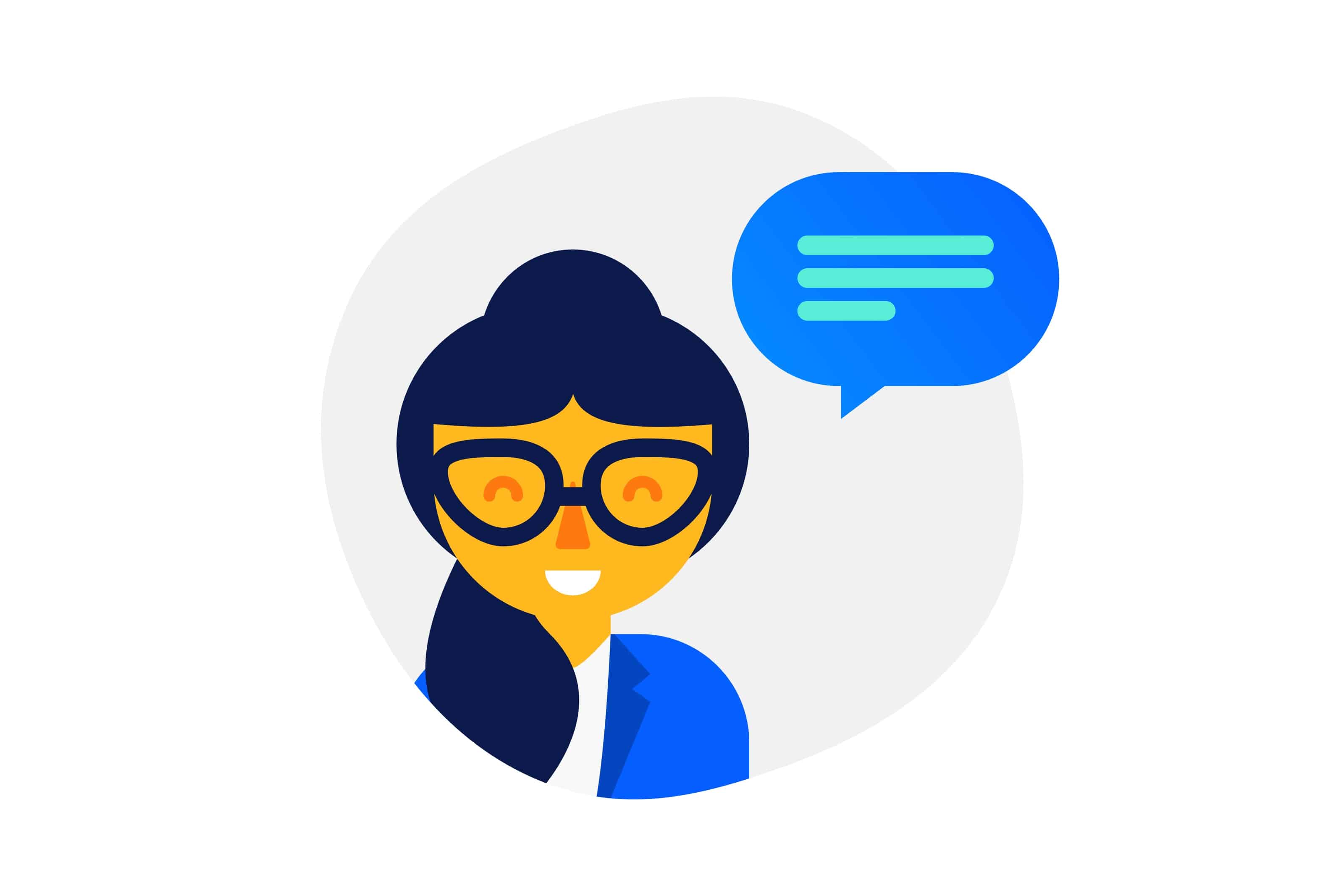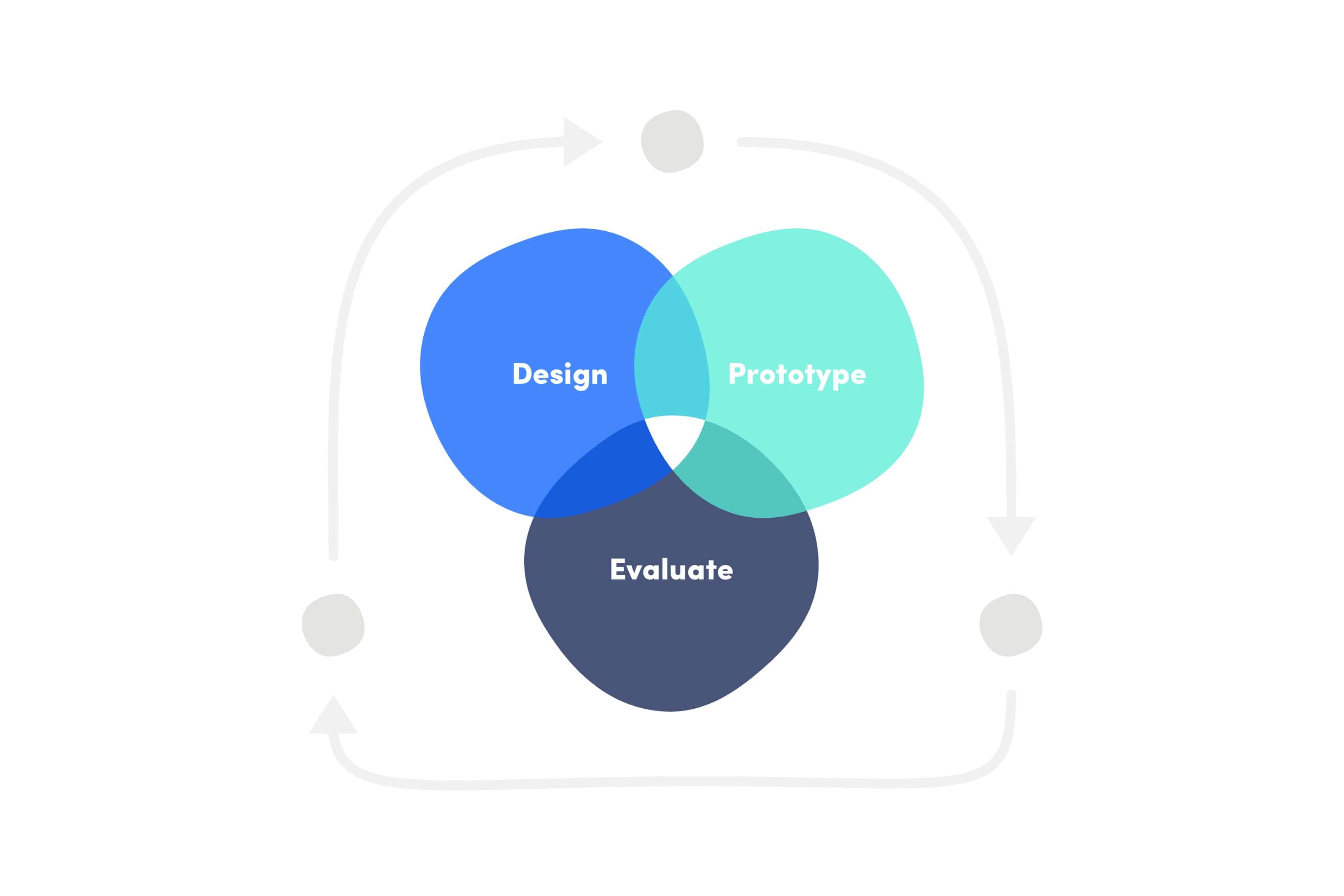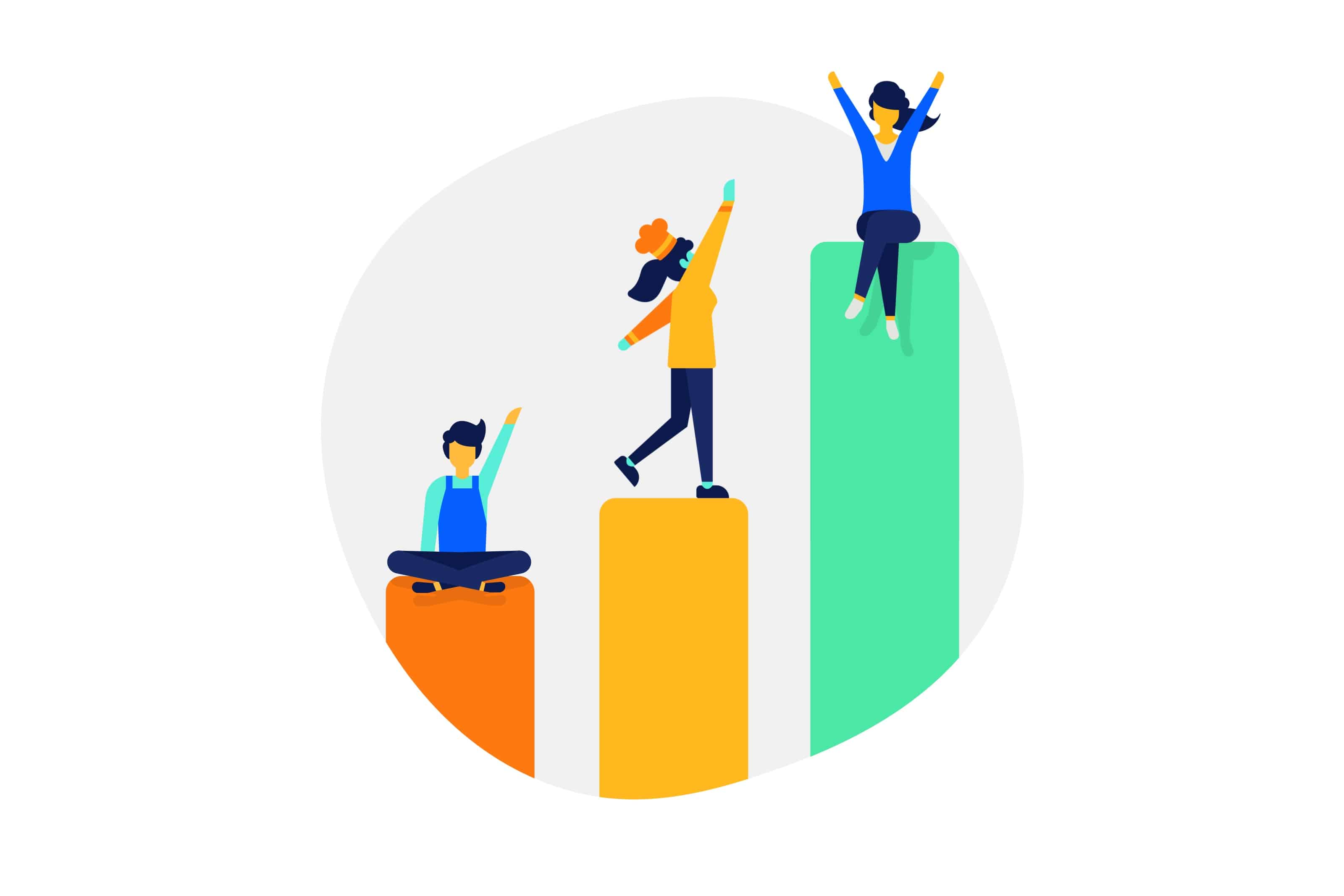Following our previous blog sharing tips and tricks on how to track and evaluate your seasonal staff training, you should have collected quite a fair bit of feedback on your current training programs. With this new resource of information, you can now refine and improve your seasonal staff training, making it more effective than ever! Additionally, continue the process of gathering feedback and continually improving your training to make it more effective for your future staff, both permanent and temporary.
Here’s how you can continue to gain feedback and improve your training.

Collecting Feedback
It goes without saying, but the more feedback you collect the better! More feedback equals more improvements, it’s that simple. So, here are a few tips for getting better feedback for your seasonal staff training.
Start from the Beginning
Don’t wait till your training is finished to start getting feedback, start getting feedback as soon as possible. By starting the process early, you can receive much more feedback and also make it known that you’re open to hearing comments from your staff at any time.
Make It Easy
Making the process of submitting feedback easier will greatly increase the volume of feedback you’ll receive. Do a lot of the heavy lifting for your staff, and they’ll take the additional steps to submit their thoughts.
Get the Feedback That Counts
Encourage your staff to give you detailed feedback, after all not all feedback is going to help you make improvements. Identify the type of feedback you want most and tailor your feedback requests to meet this.
Ask for feedback regularly
One-off feedback, although still good, can only help you so much. Regular feedback will help you to identify problem areas and solve problem areas in your seasonal staff training.

The power of Iterative Design
One of the many benefits that an eLearning tool provides you in the flexible to adapt and change your training programs. They’re designed to be improved and enhanced over time, so you can utilise the feedback you gain to help develop your training across the board.
This is known as iterative design. Here’s some of the benefits that iterative design allows for.
You Can Identify Problems Early
With iterative design you have the flexibility to make adjustments from the get go. Identify problems at every stage of your seasonal staff training and your improvements can be better planned and scheduled from the beginning of your training process.
Effective Improvements
Collecting great feedback throughout the entire training process means that you’ll be able to get effective redesigns of your training. Using iterative design leads to continual improvements backed by real and effective feedback.
Better Training Programs
Because iterative design is an ongoing process, your training program will always be developing and improving. This means your final product will be the very best it can be. So, whether your staff are permanent or temporary for seasonal peaks, you’ll be readily prepared for them with the very best training programs.

Implementing Social Learning
What Is Social Learning?
Social learning is when you make use of social interactions to improve the training process. This is traditionally achieved through direct contact, typically from face-to-face training in a class or through mentorship.
However, with eLearning tools social learning takes an indirect route with digital interactions taking place in online forums or on social media platforms like LinkedIn, Yammer, Facebook or Twitter to name a few.
Here are some of the ways you can use social learning to your advantage.
Social Media Groups
Most social media platforms allow you to make groups. Consider making one for your seasonal staff as a way to encourage communicate between themselves. This will serve as both an ice breaker to introduce themselves and also helps to encourage continual learning away from work.
Leader Boards/Rankings
Gamification plays a huge role in social learning – encouraging healthy competition and motivating staff to reach the peak of their abilities. Try implementing a leader board with a prize for the top three rankers to encourage more activity from your staff.
Team Based Exercises
Using an eLearning system with team-based exercises are a great way to encourage social learning. By working together, your staff will be able to help each other and discuss the training material as it develops – it’s also a great way of encouraging open communication and team building.
Those are just some of the ways that you can collect feedback and improve your seasonal staff training. Do you think we left something out? Tweet us and let us know what else you’ve done to improve your training.
For a more detailed look into how you can streamline your seasonal staff training, check out our brand-new eBook: Innform’s Essential Guide to Seasonal Staff Training. Or, discover one of our previous posts where we explored five simple ways you can keep up-to-date with the latest hospitality trends.
We’ve also recently joined eLearning Industry’s list of top 20 best LMS software based on User Experience – in 4th place!
